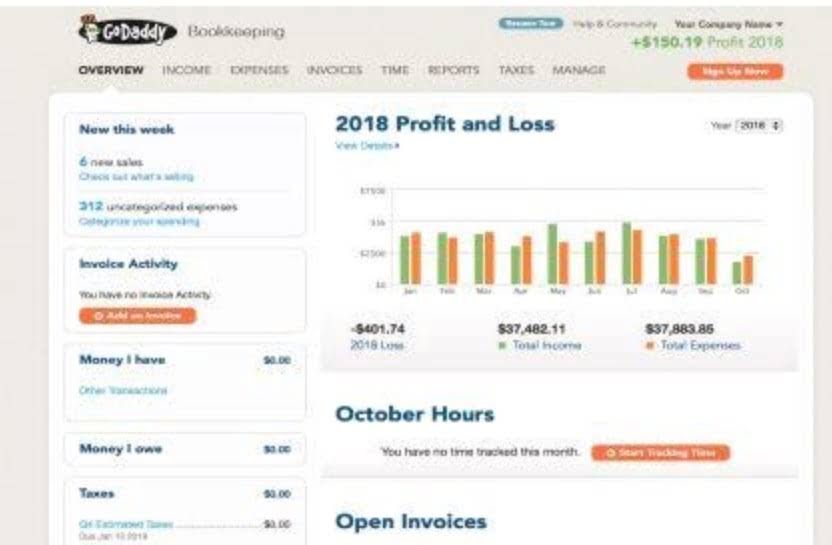Calculate Bad Debt Expense Methods Examples
This can limit your innovation and adaptation, and affect your long-term growth and sustainability. An operating budget is a plan for the income and expenses of a business or organization for a specific period, usually a year. One of the methods for preparing an operating budget is the unearned revenue percentage of sales method, which assumes that most expenses vary with the level of sales. In this article, you will learn about the advantages and disadvantages of using this method for your operating budget.

This can limit your innovation and adaptation, and affect your long-term growth and sustainability. An operating budget is a plan for the income and expenses of a business or organization for a specific period, usually a year. One of the methods for preparing an operating budget is the unearned revenue percentage of sales method, which assumes that most expenses vary with the level of sales. In this article, you will learn about the advantages and disadvantages of using this method for your operating budget.

Hit your forecast with real-time pipeline insights
The percentage of sales method is one of the most commonly used approaches to setting an advertising budget. With this method, a certain percentage of your expected sales is allocated towards advertising. Moreover, setting an advertising budget helps you establish a realistic framework for your marketing activities. It forces you to evaluate your financial resources and make strategic decisions about how much you can afford to spend on advertising.
Matching revenues with expenses (matching principle)
In such scenarios, the method’s rigidity fails to reflect the evolving nature of business operations, potentially leading to misinformed decisions based on flawed cost allocation and profit projections. For example, if a company decides to allocate 20% of its sales revenue to marketing expenses, and its projected sales for the Bookkeeping vs. Accounting next quarter are $500,000, then the budget for marketing would be $100,000 ($500,000 x 20%). This approach also plays a crucial role in determining the pricing strategy for products or services. By incorporating the Percentage of Sales Method into pricing decisions, companies can ensure that their pricing is aligned with their overall revenue goals and cost structures, ultimately contributing to their profitability.
Inventory Forecasting: I Asked the Expert, and Here’s What I Learned
The percentage of sales method provides businesses with a practical approach to financial forecasting, enabling them to project revenue, expenses, and financial needs based on expected sales growth. While this method is useful for short-term planning and budgeting, businesses should consider its limitations and complement it with other forecasting techniques for greater accuracy. By continuously refining projections and adapting to market conditions, businesses can enhance financial decision-making and achieve long-term stability. Absolutely, the percentage of sales method is excellent for small businesses due to its simplicity.


Some accounts that businesses may want to forecast include the accounts payable, inventory, accounts receivable, and COGS or cost of goods sold. In such dynamic environments, the method’s reliance on historical sales figures may lead to skewed projections. Fluctuations in variable costs can alter the accuracy of the percentage estimates, affecting the overall assessment.
Budgeting & Forecasting
By setting a budget, you can prioritize your marketing efforts and allocate funds to the most impactful channels and campaigns. Learn about percentage-of-sales approach and percentage-of-receivables approach in calculating allowance for doubtful accounts and bad debt expense. The percentage of sales method provides a straightforward way to forecast financial figures. Let’s look at a practical example to help you understand how to apply the percentage of sales method. This method is helpful for contractors who need to make financial projections based on past performance.

- One of the methods for preparing an operating budget is the percentage of sales method, which assumes that most expenses vary with the level of sales.
- That also makes it handy for working out in the forecasted financial statements what’s performing well and what isn’t, and by extension setting financial goals for the company.
- These capabilities contribute to a clearer understanding of your financial situation.
- It is based on the assumption that most of the company’s balance sheet accounts vary directly with sales.
- The percentage of sales method definition refers to businesses' forecasting tools to predict multiple liabilities, expenses, and assets based on their sales data.
While COGS is generally related to sales, it might not directly correspond to changes in sales volume. This could happen because of factors like inventory accounting methods or changes in material costs. Most business owners will want to forecast things like cash, accounts receivable, accounts payable and net income. As helpful as the percentage of percentage of sales approach sales method can be for financial projections, it’s not an all-in-one forecasting solution. Using data mined from your CRM — along with more in-depth forecasting methods — can help you make more consistent, accurate forecasts.
Limitations of the Percentage of Sales Method

Divide your line item amounts by the total sales revenue amount to get your percentage. By no means is it meant to be hailed as a definitive document of every aspect of your company’s financial future. If you want a clearer, more accurate picture of where your company is headed financially, I’d say you’re better off with a carefully detailed, line-by-line forecast that considers other aspects beyond your sales level.
Let us look at his percentage of sales method calculation example to understand the concept better. She estimates that approximately 2 percent of her credit sales may come back faulty. While the competitive parity method provides a benchmark for budget allocation, it may not necessarily be aligned with your business goals. Other costs might experience sudden jumps or step changes at specific sales thresholds or production levels. Some costs, such as administrative salaries or certain utilities, remain fixed regardless of sales volume.


